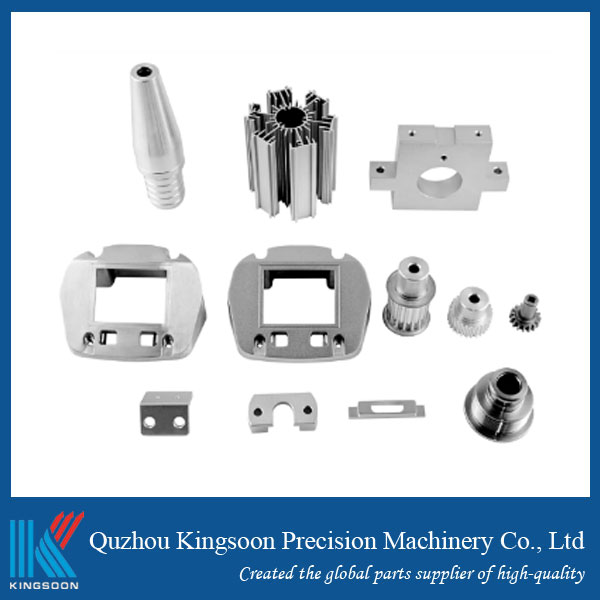Application of CNC Machining in Aerospace Component Manufacturing
2025-06-27
CNC (Computer Numerical Control) machining has become an indispensable technology in the aerospace industry due to its precision, efficiency, and ability to meet strict regulatory standards. Aerospace components are often complex, made from advanced materials, and subjected to extreme operating conditions. CNC machining plays a vital role in fabricating such components with exceptional accuracy and repeatability.
Precision and Accuracy
One of the most critical requirements in aerospace manufacturing is tight tolerances. Components such as turbine blades, engine mounts, and structural supports must fit and function precisely. CNC machines can achieve micron-level precision, ensuring each part meets stringent specifications. This level of accuracy reduces the risk of part failure, which is crucial for the safety and reliability of aircraft.
Complex Geometry and Material Handling
Aerospace parts often have intricate shapes and require machining of hard-to-cut materials like titanium, Inconel, and carbon-fiber composites. CNC machining, especially when integrated with 5-axis capabilities, can handle these complexities efficiently. The technology allows manufacturers to machine parts with undercuts, curves, and compound angles without repositioning the workpiece, saving time and reducing errors.
Consistency and Repeatability
Aerospace manufacturing often involves large-scale production of parts that must be identical in form and function. CNC machines excel in this area by delivering consistent outputs over long production runs. The automated nature of CNC ensures minimal human intervention, which significantly reduces the chance of variability or defects.

Integration with Digital Manufacturing
Modern aerospace manufacturing increasingly incorporates digital design and simulation tools. CNC machining fits seamlessly into this digital workflow through CAD/CAM integration, enabling rapid prototyping and quick adjustments to design changes. This accelerates the development cycle and helps manufacturers stay agile in a competitive market.
Conclusion
CNC machining is a cornerstone of aerospace component manufacturing, offering unmatched precision, flexibility, and efficiency. It enables the production of high-performance parts from advanced materials while meeting strict regulatory and safety standards. As aerospace technology continues to evolve, CNC machining will remain a key driver of innovation and quality in the industry.


